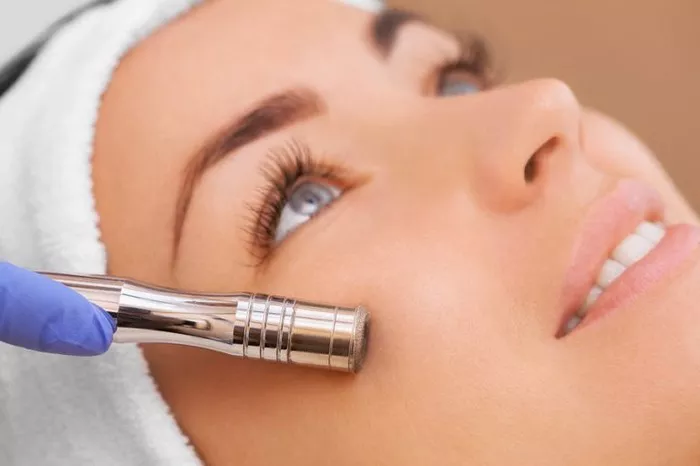Dermaplaning has gained popularity as a non-invasive cosmetic procedure that involves using a surgical scalpel to exfoliate the outer layer of skin, removing dead skin cells and fine vellus hairs, often referred to as “peach fuzz.” While the treatment offers various benefits, including smoother skin texture and improved product absorption, there are common misconceptions about the regrowth of hair after dermaplaning. One frequently asked question is whether hair grows back prickly after the procedure. In this article, we will explore the science behind hair regrowth after dermaplaning and address the myth of prickly hair.
Understanding Dermaplaning
Dermaplaning is a manual exfoliation technique performed by licensed skincare professionals. A sterile scalpel is used to gently scrape away the top layer of dead skin cells and vellus hair, revealing a brighter and smoother complexion underneath. The procedure is considered safe and suitable for most skin types, offering immediate results with minimal downtime.
The Myth of Prickly Hair Regrowth
One of the common misconceptions surrounding dermaplaning is the belief that vellus hair will grow back thicker, darker, or prickly after the treatment. This misconception likely stems from the appearance of hair as it regrows after shaving, which can sometimes feel coarser due to the blunt tip created by the razor.
The Science of Hair Growth
To understand whether hair grows back prickly after dermaplaning, it’s important to recognize the science behind hair growth. Vellus hair, which is the type of fine hair often removed during dermaplaning, does not possess the same thickness, color, or texture as terminal hair—the coarse hair that grows on the scalp, face (for men), and body. Vellus hair is soft and usually light in color, making it less likely to result in prickly sensations when it regrows.
The Effects on Hair Texture
Dermaplaning does not alter the structure or density of hair follicles. Contrary to popular belief, the hair that regrows after dermaplaning is not altered in terms of its thickness or color. The appearance and texture of hair regrowth may temporarily appear different due to the natural growth cycle, but it will not become thicker or darker as a result of the procedure.
Addressing Prickly Sensations
The sensation of prickliness often associated with regrowing hair is related to the blunt tip created by shaving, not the removal of vellus hair through dermaplaning. When hair is shaved, the sharp edge of the hair shaft is cut at an angle, resulting in a coarse and stubbly feel as it starts to regrow. However, dermaplaning removes hair at a different angle and does not create a blunt edge, which means that hair regrowth is unlikely to result in a prickly sensation.
Benefits of Dermaplaning
Dermaplaning offers numerous benefits for the skin, including:
Smooth Texture: The removal of dead skin cells and vellus hair results in a smoother skin texture, promoting a youthful appearance.
Enhanced Product Absorption: Exfoliation from dermaplaning allows skincare products to penetrate more effectively, leading to improved results from your skincare routine.
Brighter Complexion: By removing the outermost layer of dull skin, dermaplaning reveals a brighter and more radiant complexion.
Temporary Hair Removal: While vellus hair will regrow, the period immediately following dermaplaning offers a short period of hair-free skin.
Conclusion
The myth that hair grows back prickly after dermaplaning is just that—a myth. Vellus hair, removed during the procedure, regrows with its original texture and color. The sensation of prickliness typically associated with regrowing hair after shaving is not a result of dermaplaning. Understanding the science behind hair growth and the effects of dermaplaning can help individuals make informed decisions about skincare treatments. Dermaplaning remains an effective exfoliation technique that provides smoother, brighter, and more radiant skin without altering the texture or color of hair regrowth.


